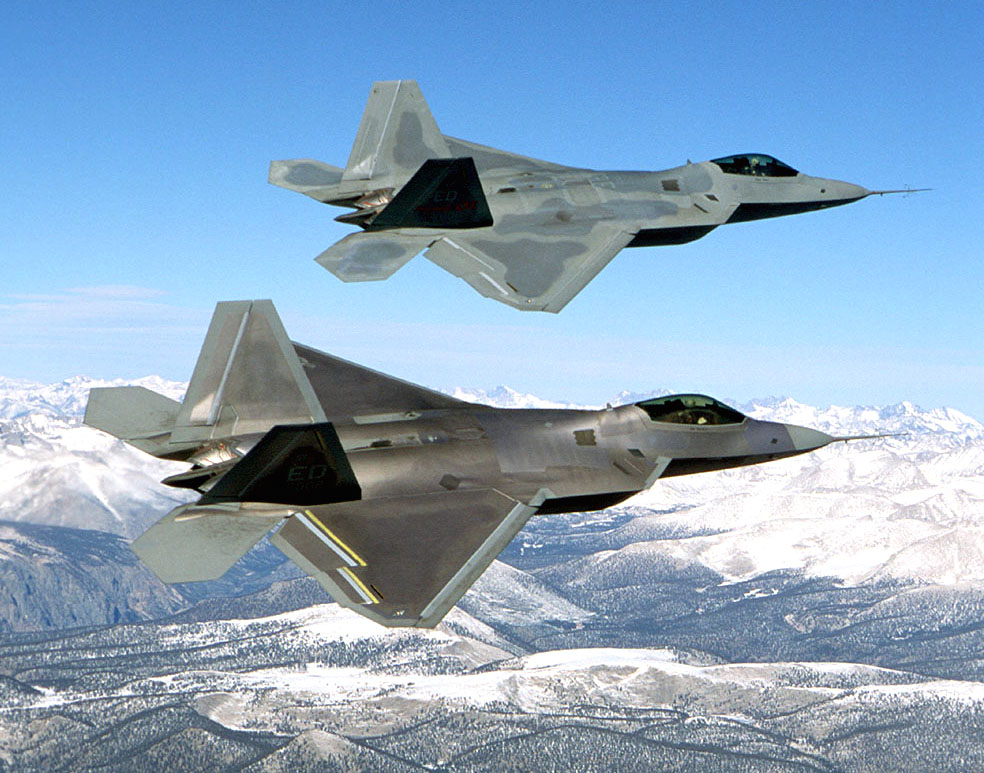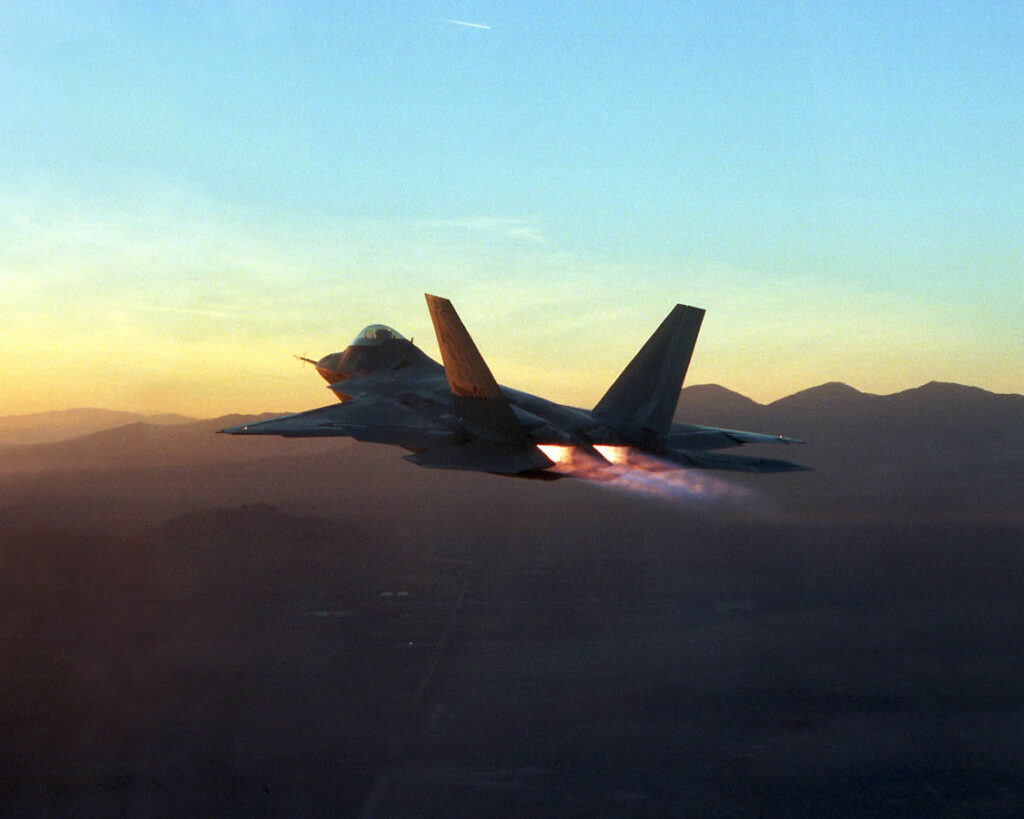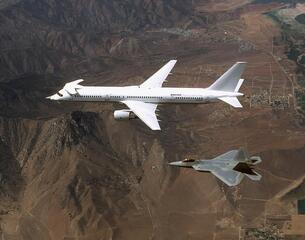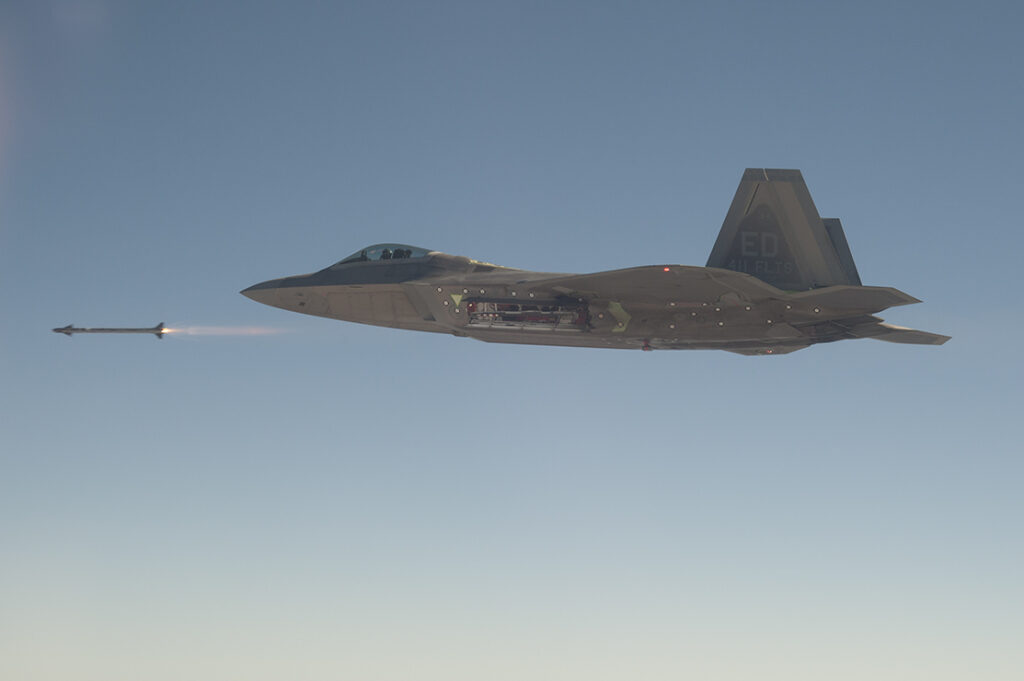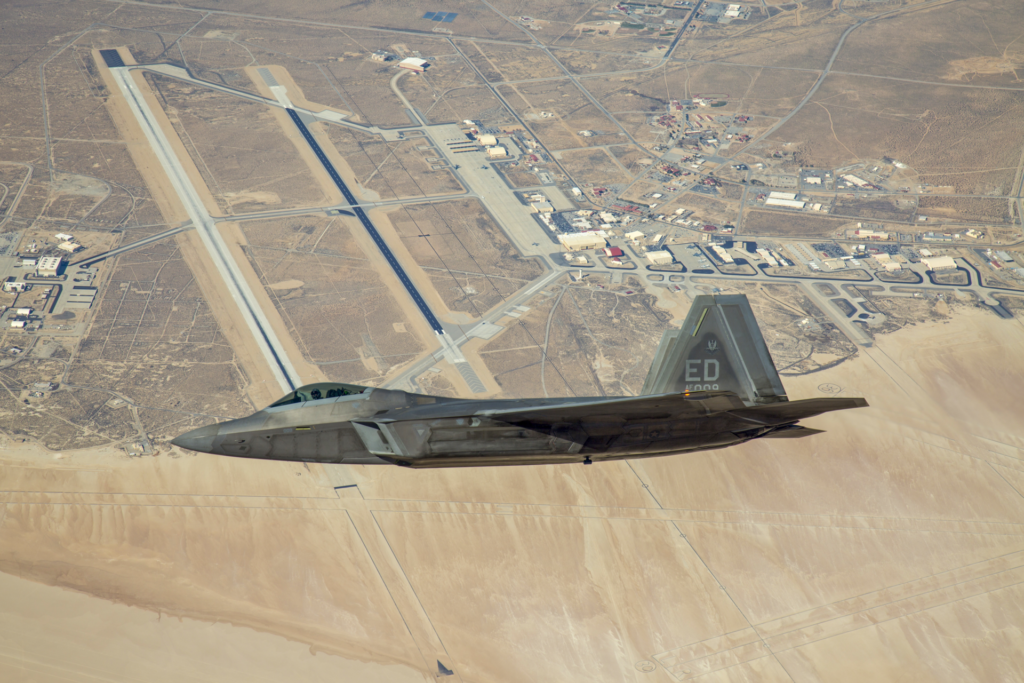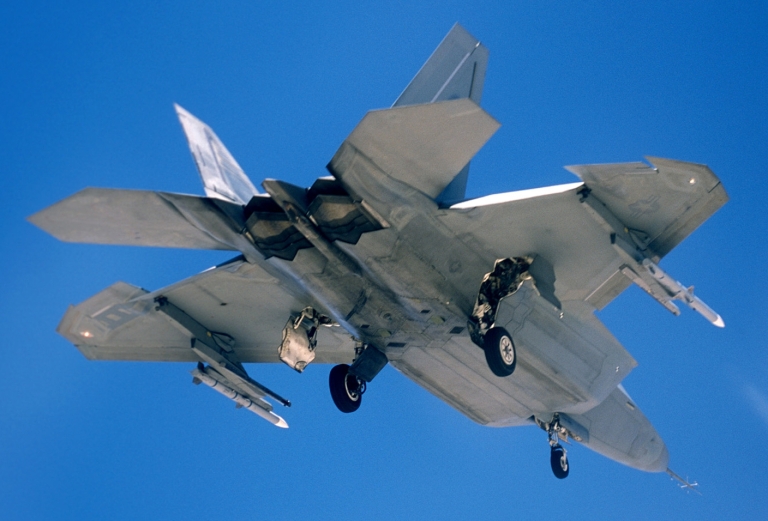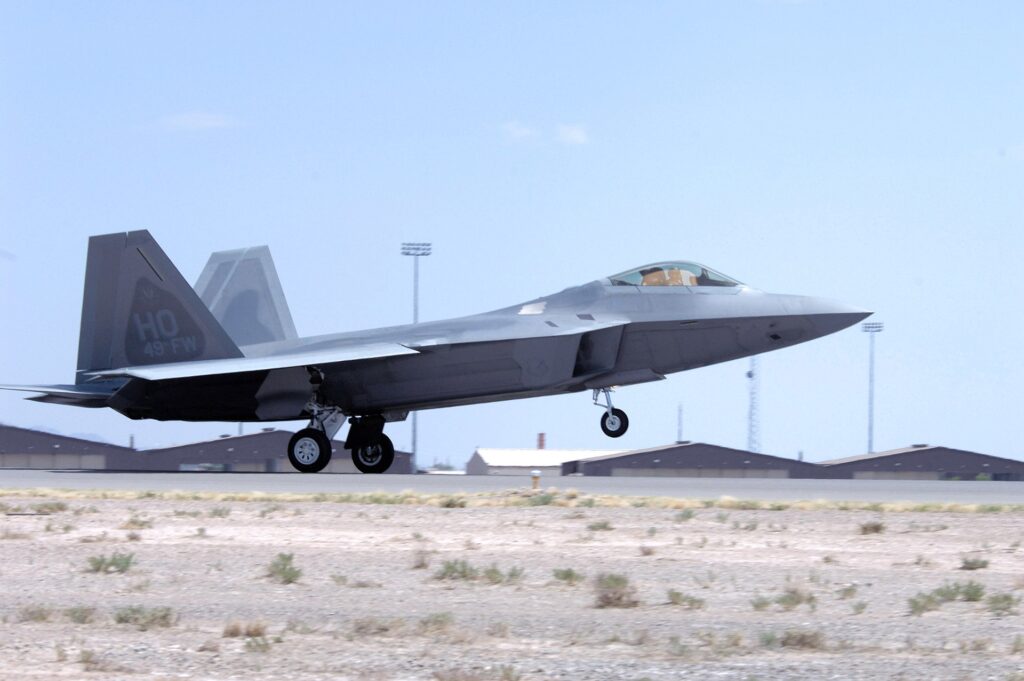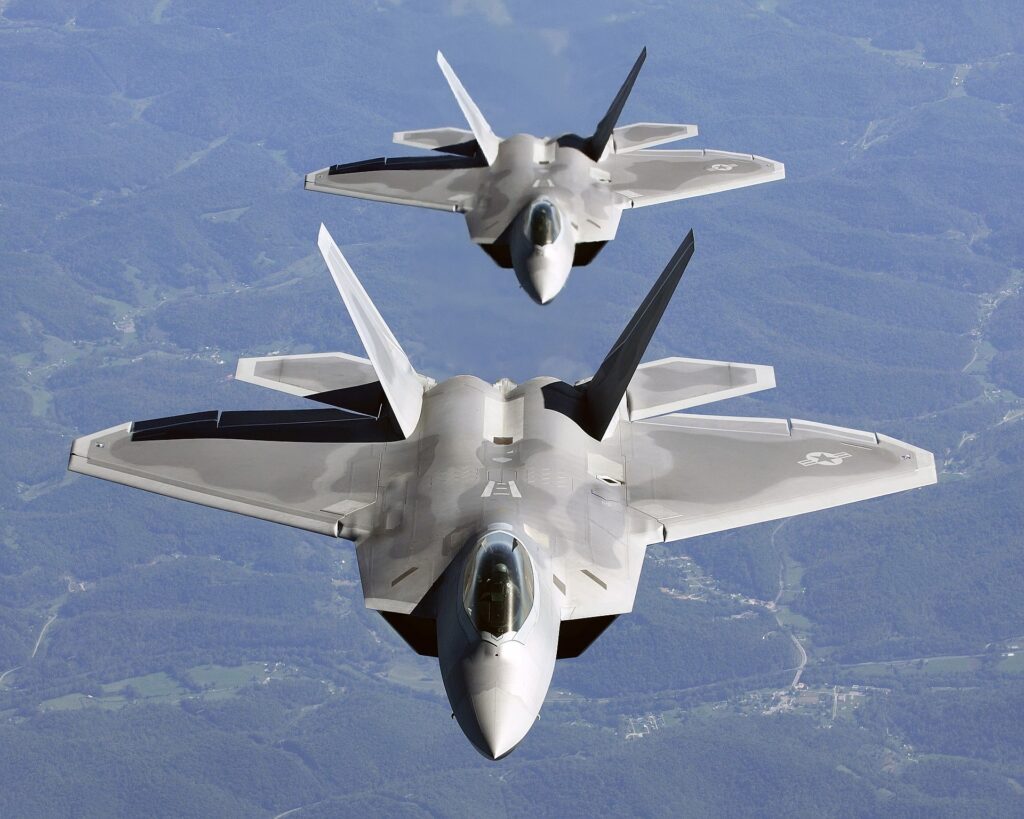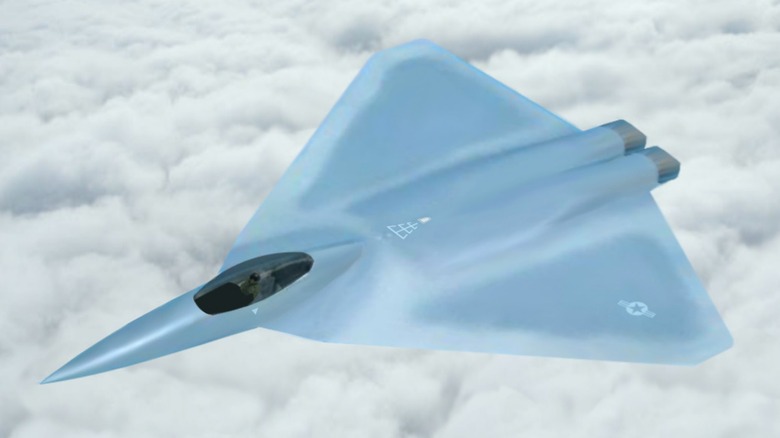
During the late 1990s, Lockheed Martin collaborated with NASA on a groundbreaking initiative that aimed to revolutionize aerial warfare. This project, dubbed the X-44 Manta, or the Multi-Axis No-Tail Aircraft, was designed to be an innovative delta-wing stealth fighter that defied the traditional tail section. The envisioned aircraft was to leverage thrust vector control technology to achieve unprecedented levels of agility and stealth.
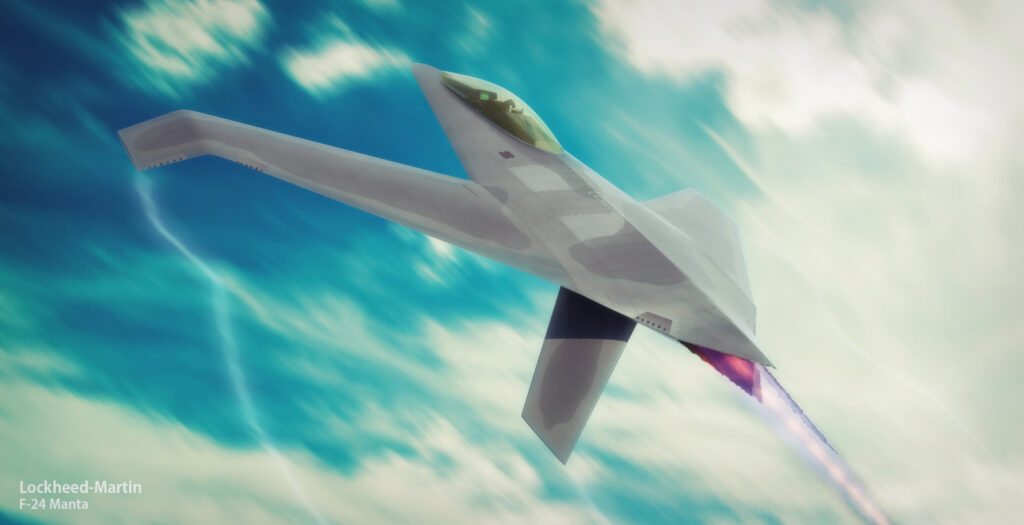
The X-44 Manta was designed based on the exceptionally good F-22 Raptor but with one major twist: without a tail section, the radar return would be drastically reduced, making for an even stealthier fighter. It relied heavily on thrust vector control, a technology allowing for the direction of the engine’s thrust to be manipulated in a bid to change the path of flight. The feasibility of the technology was already extremely obvious through the NASA-developed F-15 ACTIVE, a modified F-15 Eagle that had significantly greater vectorized thrust capabilities than its predecessors.
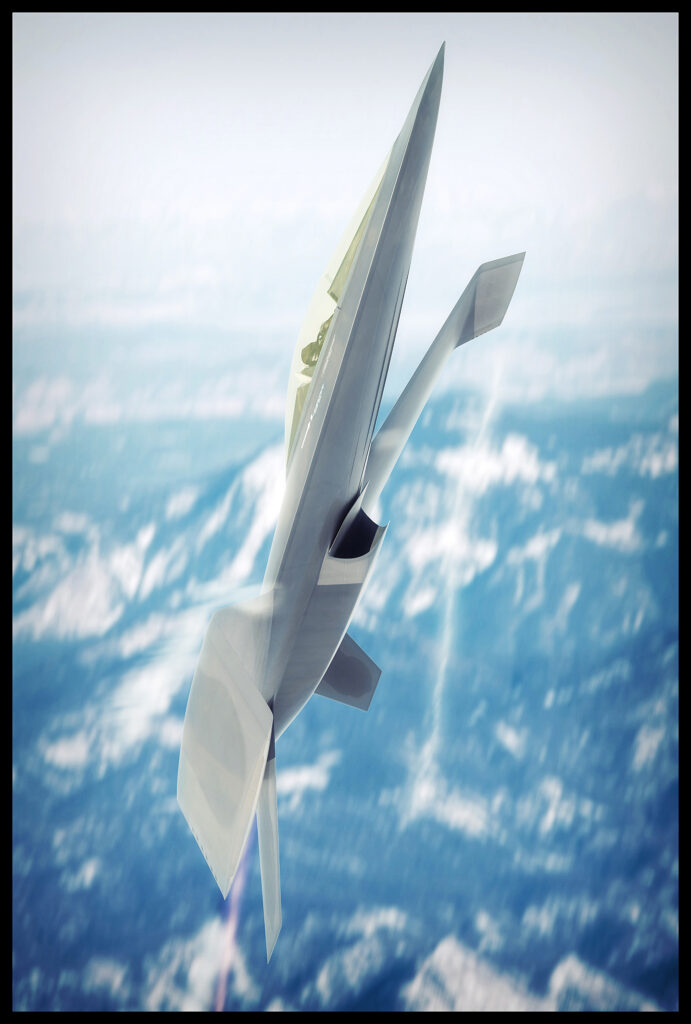
It was quite logical for Lockheed Martin to base its X-44 Manta proposal on the F-22 since the Raptor already has thrust vector control installed. The target for the X-44 was full authority in yaw, pitch, and roll without traditional tailplanes, but purely using 3D thrust vectoring for a structurally simple, light airframe with an increase in fuel volume and enhanced stealth.
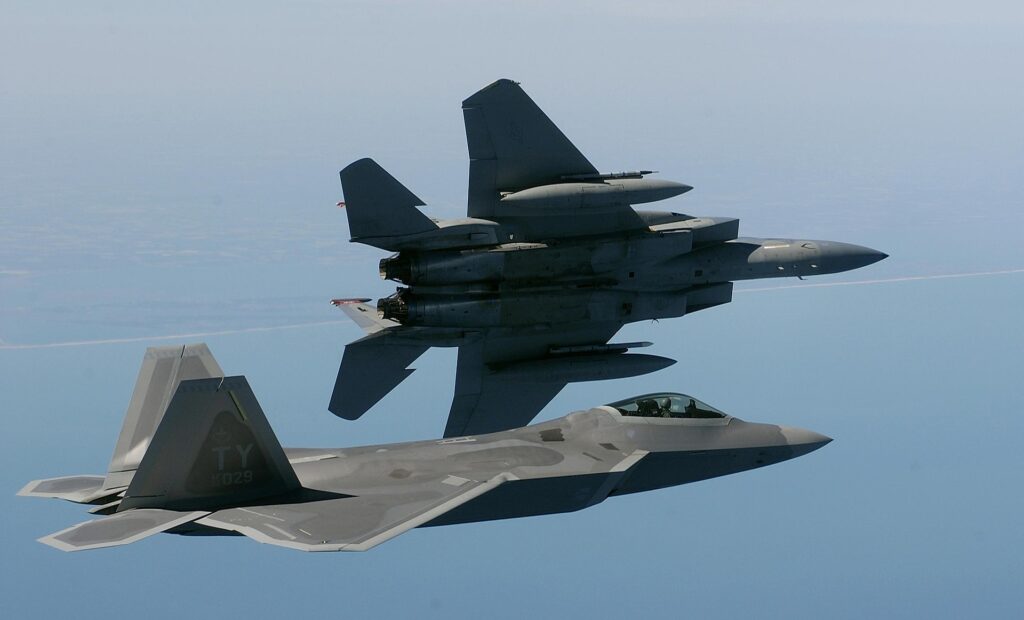
The design of the X-44 Manta was that of a stretched delta wing, with no tail surfaces and two side-by-side Pratt & Whitney turbofan engines of 35,000 pounds of thrust. It could also reach as high as Mach 2.2, equivalent to around 1,500 miles per hour. Ordnance for this aircraft was to include an array of weaponry that would be impressive in any combat jet: AIM-9 Sidewinder and AIM-120 AMRAAM guided air-to-air missiles, GBU-32 JDAMs, and a 20mm internal cannon.
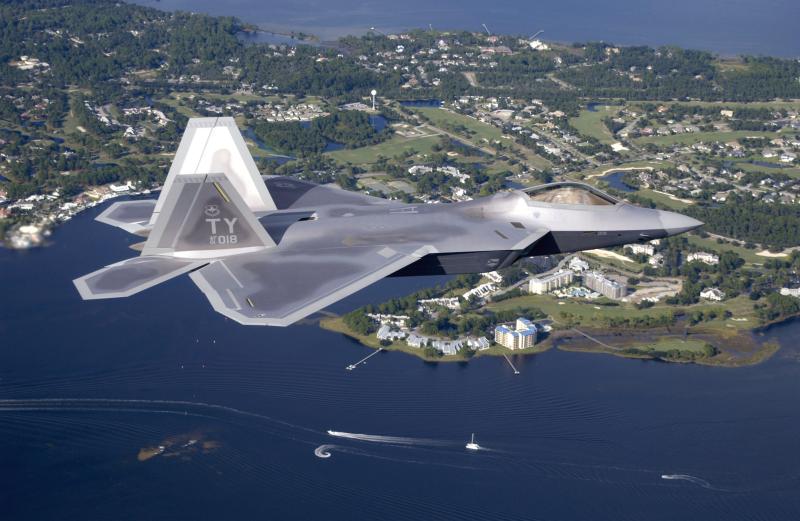
Although this design showed much promise, it never got past being just a concept. However, it contributed to contemporary discourse about the future of air combat and the NGAD program. The NGAD program aims to advance a family of systems to include autonomous capabilities, advanced propulsion, and advanced weaponry, with a focus on connectivity, advanced sensors, and open architecture.
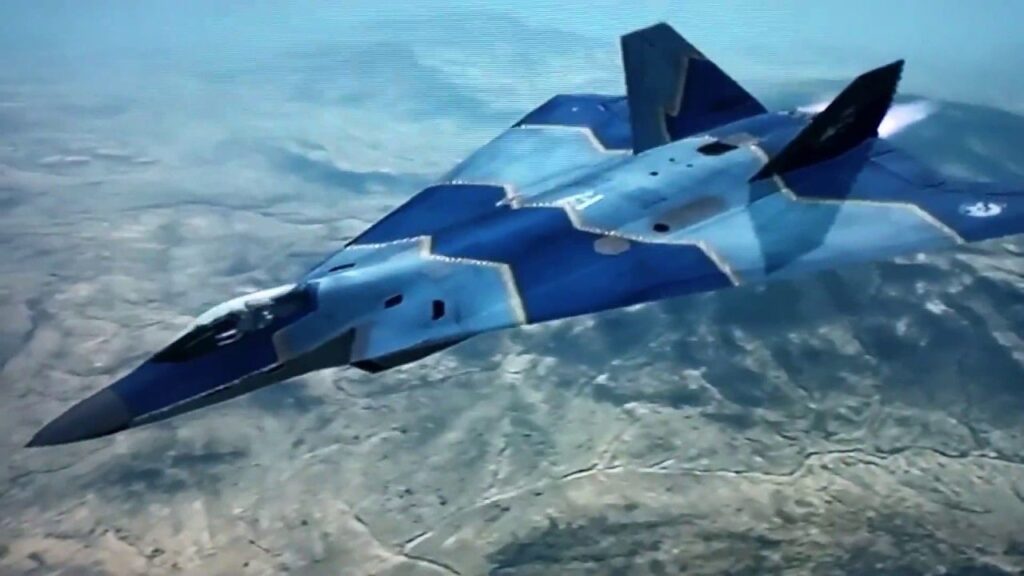
The tailless design of the X-44 Manta had some great benefits, including broadband low-observability, drag reduction to sustain high-speed dashes, and increased fuel capacity. However, the stability and maneuverability issues created from removing vertical tails could only be partially compensated for by thrust vectoring.
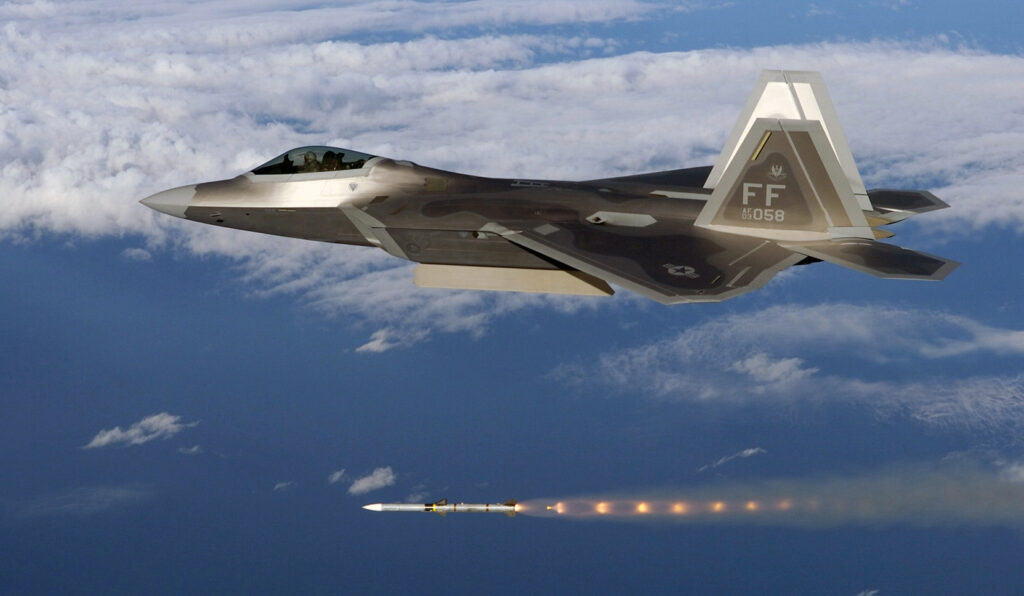
Interest in tailless aircraft designs has also been betrayed by China. Satellite images of the Chengdu Aircraft Corporation’s test airfield revealed a large, modified diamond-like delta planform with a tailless design, not altogether unlike the X-44 Manta. That airframe could make for a high-performance unmanned combat air vehicle or a “loyal wingman” to China’s J-20 stealth fighter.

The X-44 Manta was a creature of an age when stealth reigned supreme; today’s priorities are hypersonic planes, hypersonic missiles, directed-energy weapons, and unmanned systems. The X-44 Manta itself never flew, but its legacy is living on in the evolution of air combat today and the future development of fighters.
Related images you might be interested.
